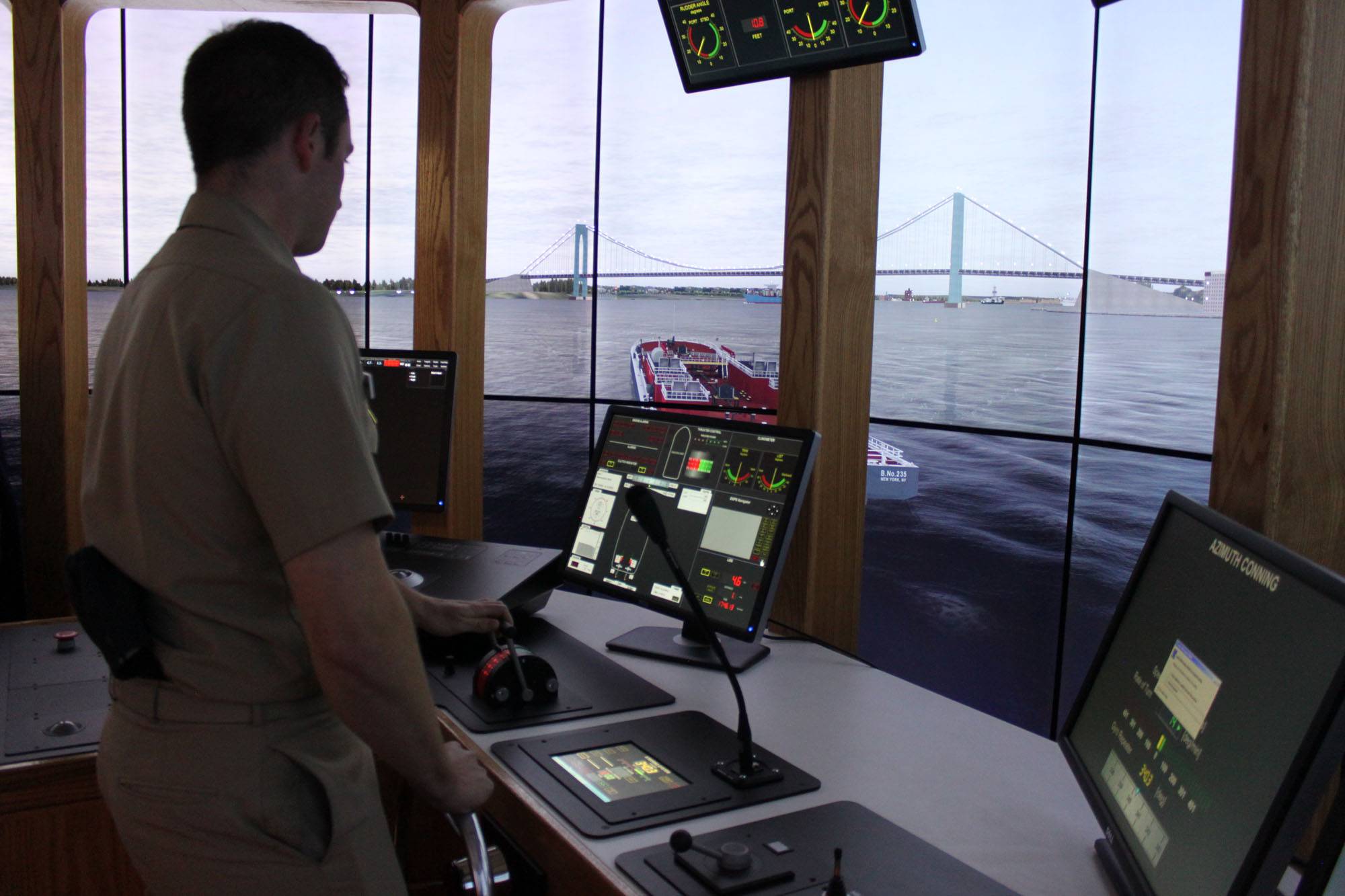
What To Check Before, During, And After Bunkering On Ships?įirst of all, before any bunkering operation commences, make sure to hand over the bunkering plan to each individual that is assigned to the operation to know how much is going to be loaded into the bunker tanks, and what is the final sounding on the pipes. Meanwhile, the other oiler assigned will continuously control and inspect the manifold area with regular reports on pressure.

He will take soundings every 10 minutes and check the general conditions around the deck for safety. The assigned oiler will assist the 3 rd Engineer on duty. He must ensure that all fuel oil containment must be empty before transfer and to check fuel sounding in all tanks as well as a record in the sounding logbook before transfer. He is also in charge to check the operational condition of the fuel system, vents pipes, sounding pipes, opening, and closing of fuel valves, drip pan containment, and flange connections. He is to supervise appointed motormen during bunkering operations. The third engineer will assist the Chief Engineer during bunkering. Moreover, he continues to check the mooring condition of the vessel and barge and keeps all personnel advised of any weather changes.
#Porthole suny maritime portable#
The duty deck officer also provides two-fire hoses, dry powder portable extinguishers, buckets of sand, and shovels for emergency purposes like oil spills or fire. In addition, he ensures that all scuppers are closed, and all safety signs are posted (i.e., No smoking, no open flame, restriction of personnel from the vessel, etc.).Īlso, he checks that all doors, portholes, and vents are closed to avoid any entry of harmful gases to the accommodation from bunkering. The duty deck officer will check all the mooring of the vessel and barge. The second engineer will also assist the chief engineer in calculating the amount of fuel that is being transferred from time to time by sounding the tanks and tank calibration book. He will also supervise the engine crew and keep them updated if there are any changes during the bunkering operation. The second engineer is the second in command for the engine department and thus he will make sure that all tanks and valves must be doubled check. The following personnel will assist the Chief Engineer in the preparation and execution of oil transfers: Second engineer Aside from this, he will be in charge of inspecting and signing the Declaration of Inspection Form. The Chief Engineer will note in the Engineer logbook any special instructions regarding the transfer, which will be followed by his subordinates. Moreover, when assigned personnel associated with the transfer fully understand their duties, the Chief Engineer himself will notify the Master of the ship to request permission to commence bunkering. He will address all safety items, and review all local and federal regulations. This is why designated persons are assigned their duties to perform during the operation such as: Chief Engineer: The person in charge of the Bunkering On ShipsĪll persons will report to him prior to bunkering.
#Porthole suny maritime full#
What Are The Duties While Bunkering On Ships?īunkering operation requires full attention in order to avoid any oil spills on the water and may cause harm to the environment.


Aside from the quantity, the quality of the bunker is the so needed to be checked using sample bottles attached to the bunker manifold during bunkering because a bad bunker can cause harm to the propulsion engine and the generators. It is very important to check the quantity of the bunker for it is delivered in volume but paid in weight.

It is achieved either onshore where bunkers are supplied by tanker trucks or pipelines through bunker hoses or offshore where bunker barge goes to the ship to deliver fuel. Bunkering is the process of supplying fuel or marine gas oil to supply energy to the propulsion and generators on ships.


 0 kommentar(er)
0 kommentar(er)
